Google Translate
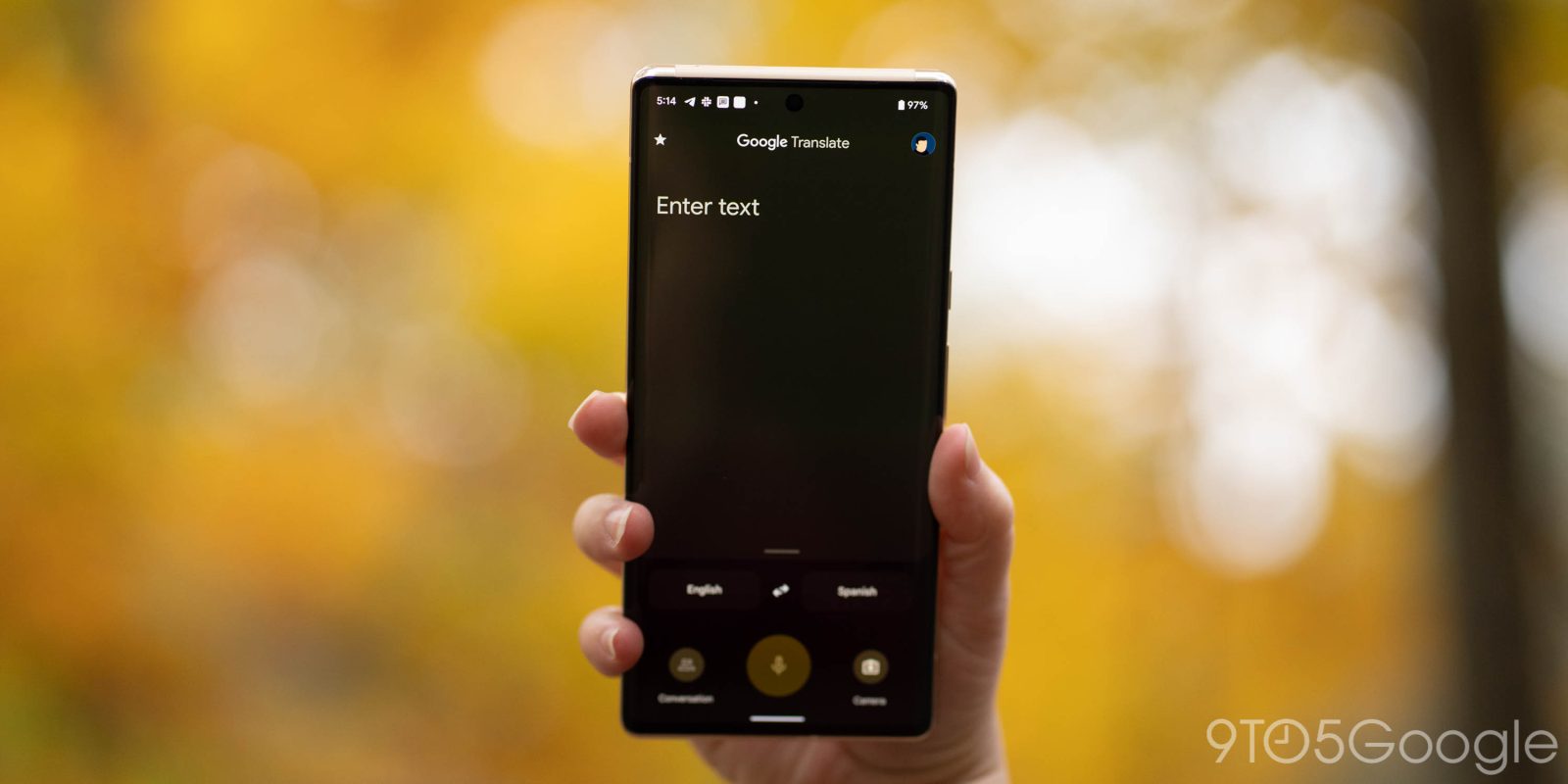
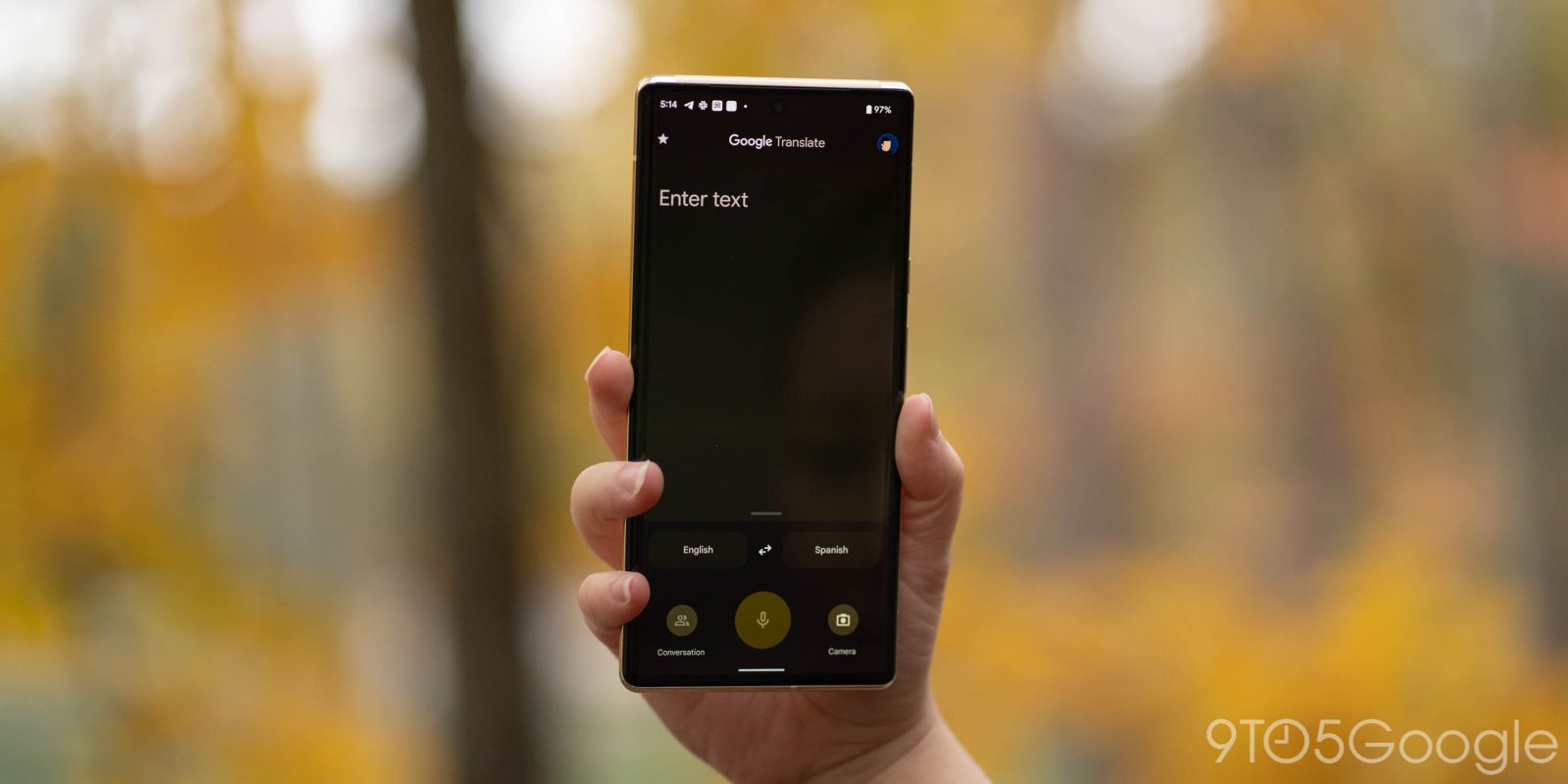
Google Translate has rolled out a redesign of the Conversation experience that can “automatically detect and translate languages as you converse.”
Expand Expanding Close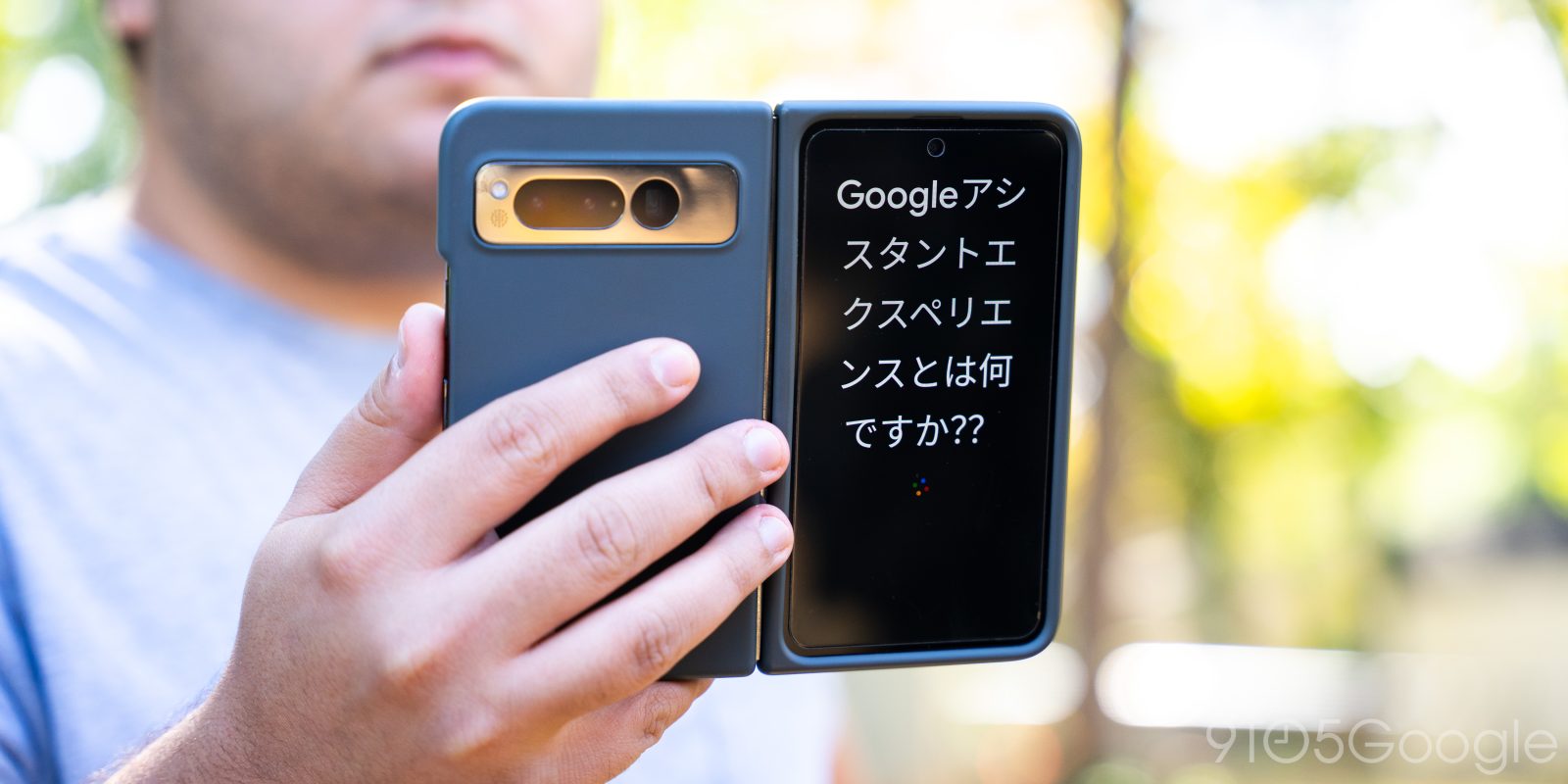
The Pixel Fold takes full advantage of its two screens with an Assistant-powered feature that translates your speech and displays it on the other side of the foldable. The function itself is brilliantly done, but Google put it in the wrong app.
Expand Expanding Close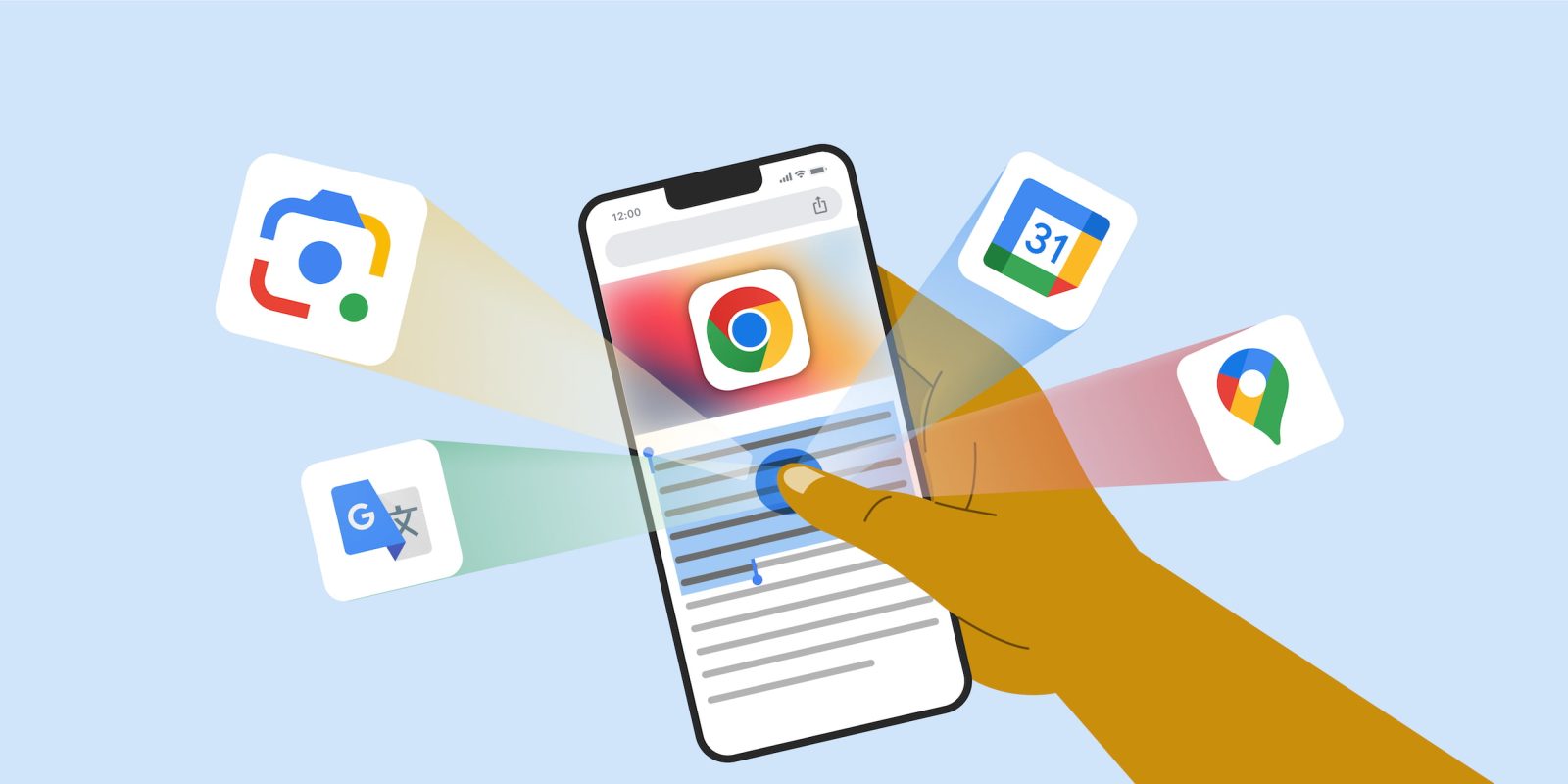
Google is updating Chrome on iOS to better integrate with Calendar, Translate, and Lens, with a mini Google Maps experience being particularly interesting.
Expand Expanding Close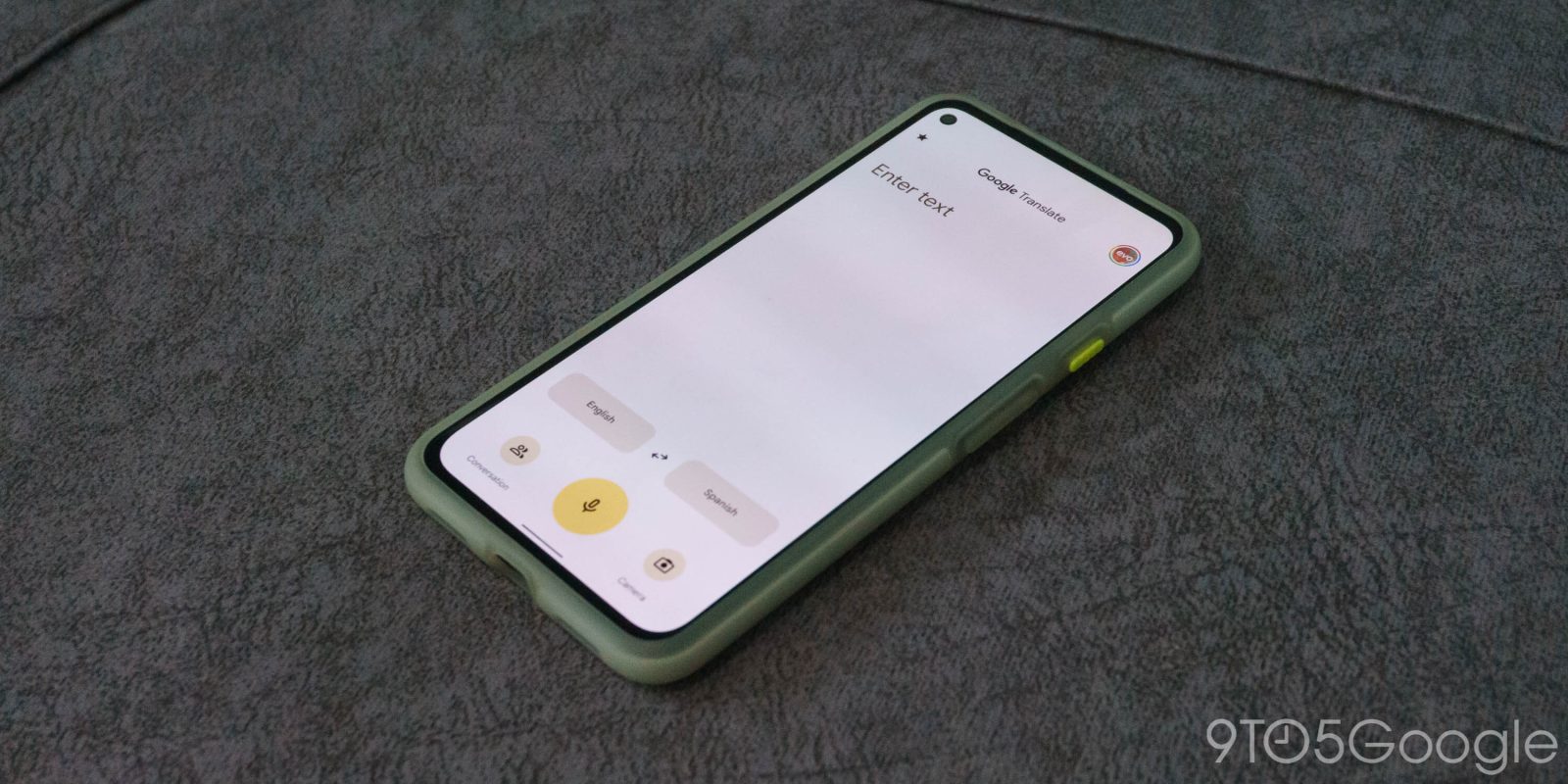
Following last month’s announcement, Google Translate for iPhone has received a Material You redesign.
Expand Expanding Close
Google Translate is rolling out a trio of updates that add context, modernize the iOS app, and improve camera translations.
Expand Expanding Close
Having access to a full language conversion set offline is useful when traveling, and Google Translate has just added over two dozen new offline languages.
Expand Expanding Close
Back in September, Google previewed a new AR Translate feature for Lens that takes advantage of the technology behind the Pixel’s Magic Eraser. Ahead of that, Google Translate has replaced its built-in translation camera with Google Lens.
Expand Expanding Close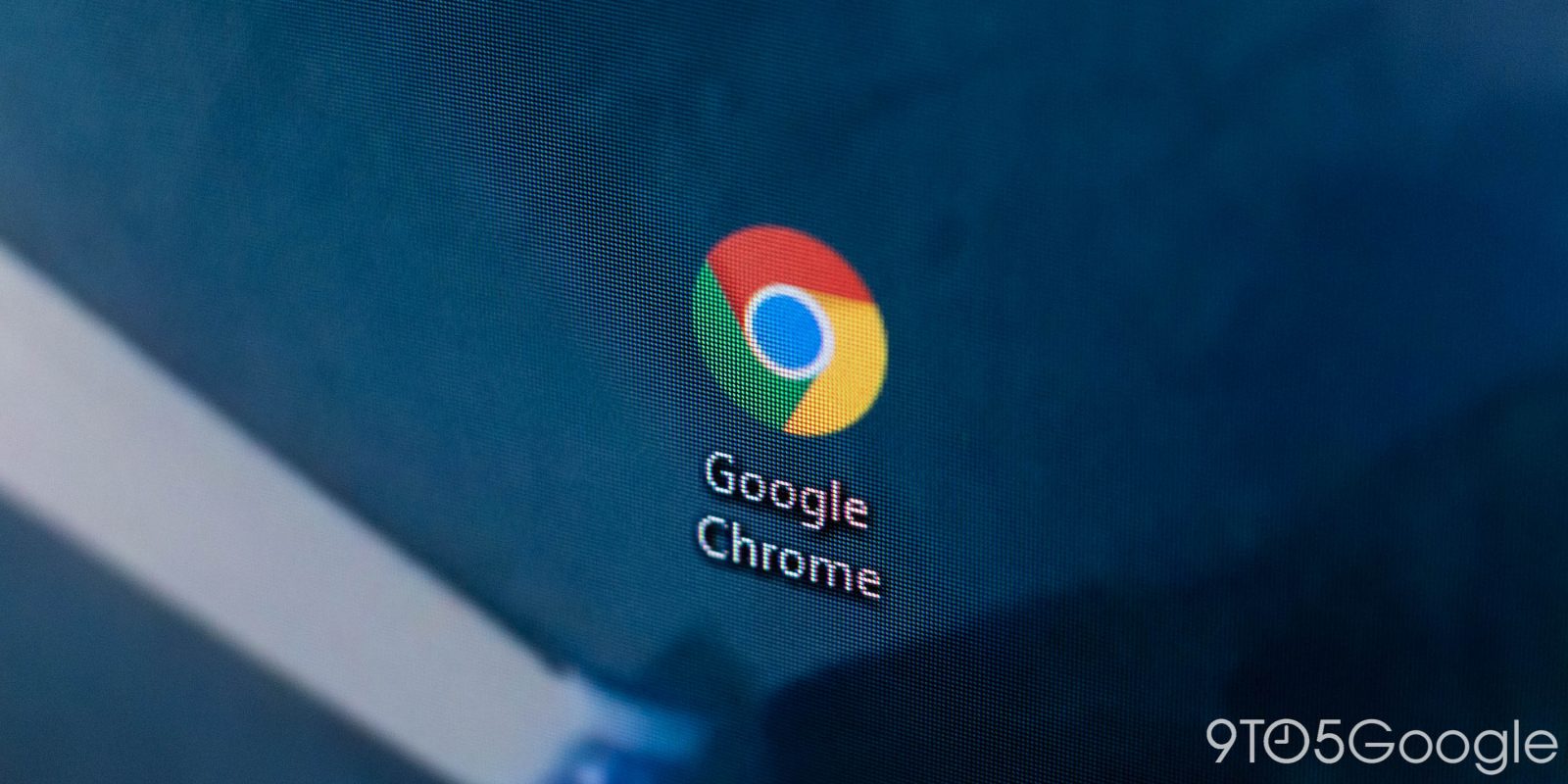
Google Translate makes it easier to peruse the web without running into the language barrier, but sometimes the all-or-nothing approach of Google Chrome’s built-in Translate integration can be the wrong way to handle it. Now, Google Chrome is preparing the ability to translate selected text.
Expand Expanding Close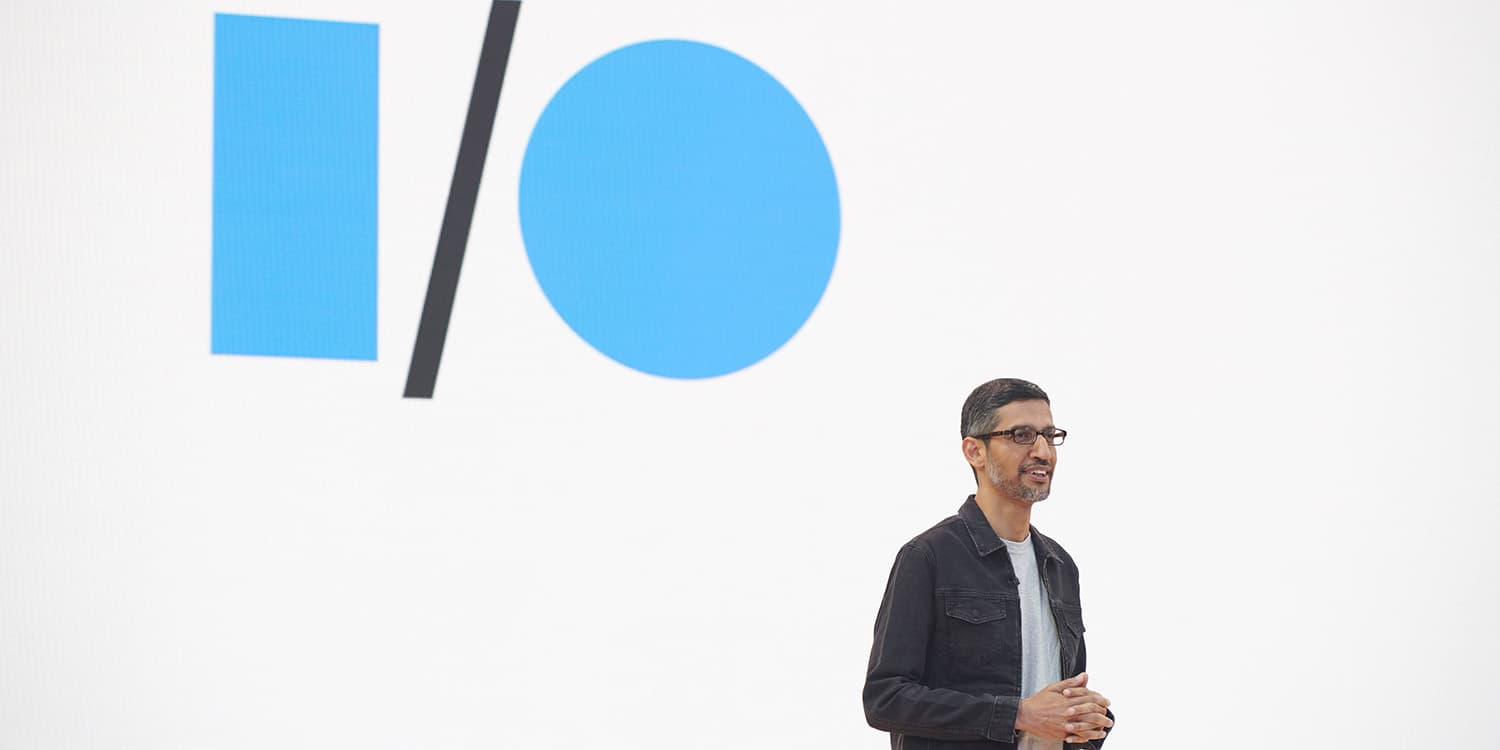
The Google I/O 2022 keynote brought a lot of exciting announcements, but also a glaring mistake. While talking about Google Translate, the company showed the Arabic incorrectly.
Expand Expanding Close
Google I/O is the tech giant’s annual chance to boast its wins, and also provide meaningful updates on where its various products stand. Below, we’ve collected some of the key numbers and metrics from Google I/O 2022.
Expand Expanding Close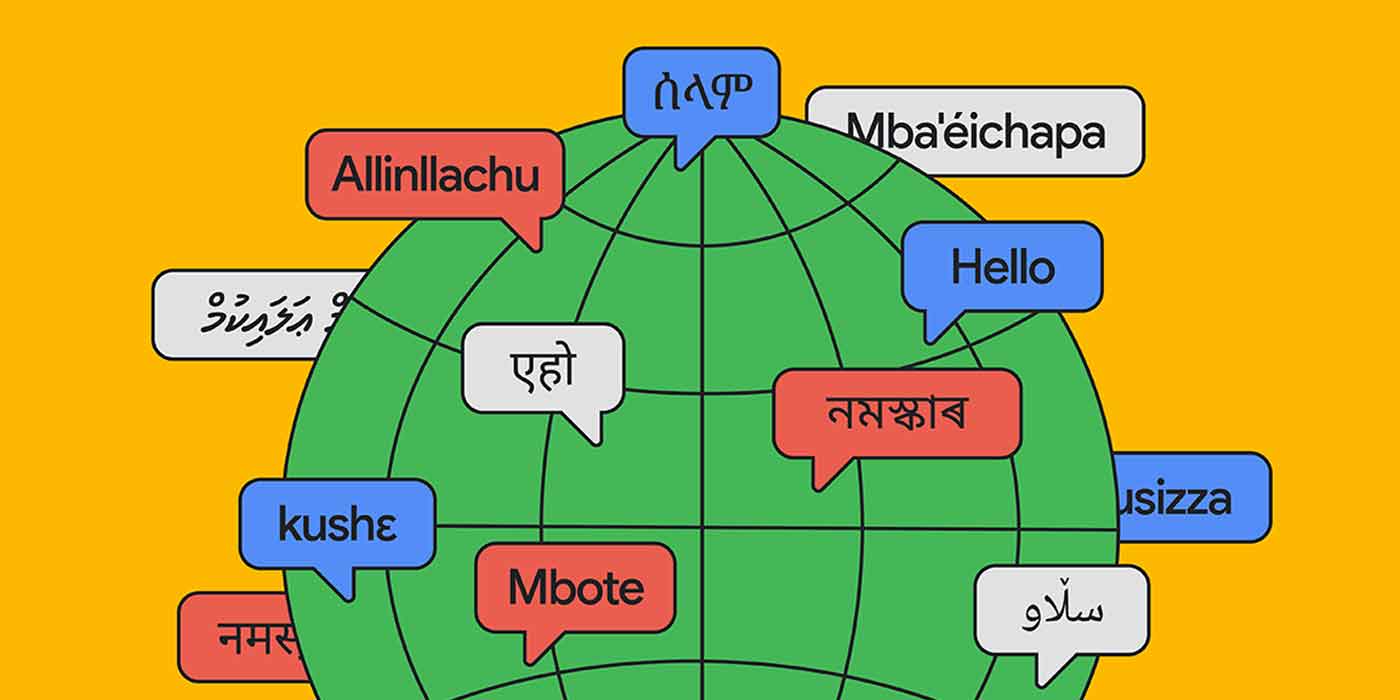
Google Translate has today confirmed support for a further 24 new languages and dialects on its online translation service.
Expand Expanding Close
After hints of the feature coming as long ago as 2020, Google Translate is now saving your search history to your Google account.
Expand Expanding Close
Following the iOS app in March, Google Translate for Android now has a homescreen widget that follows the latest Material You design language.
Expand Expanding Close
Google Translate has been updated with a very neat quality-of-life improvement on Android that sees Gboard automatically update languages to improve text entry.
Expand Expanding Close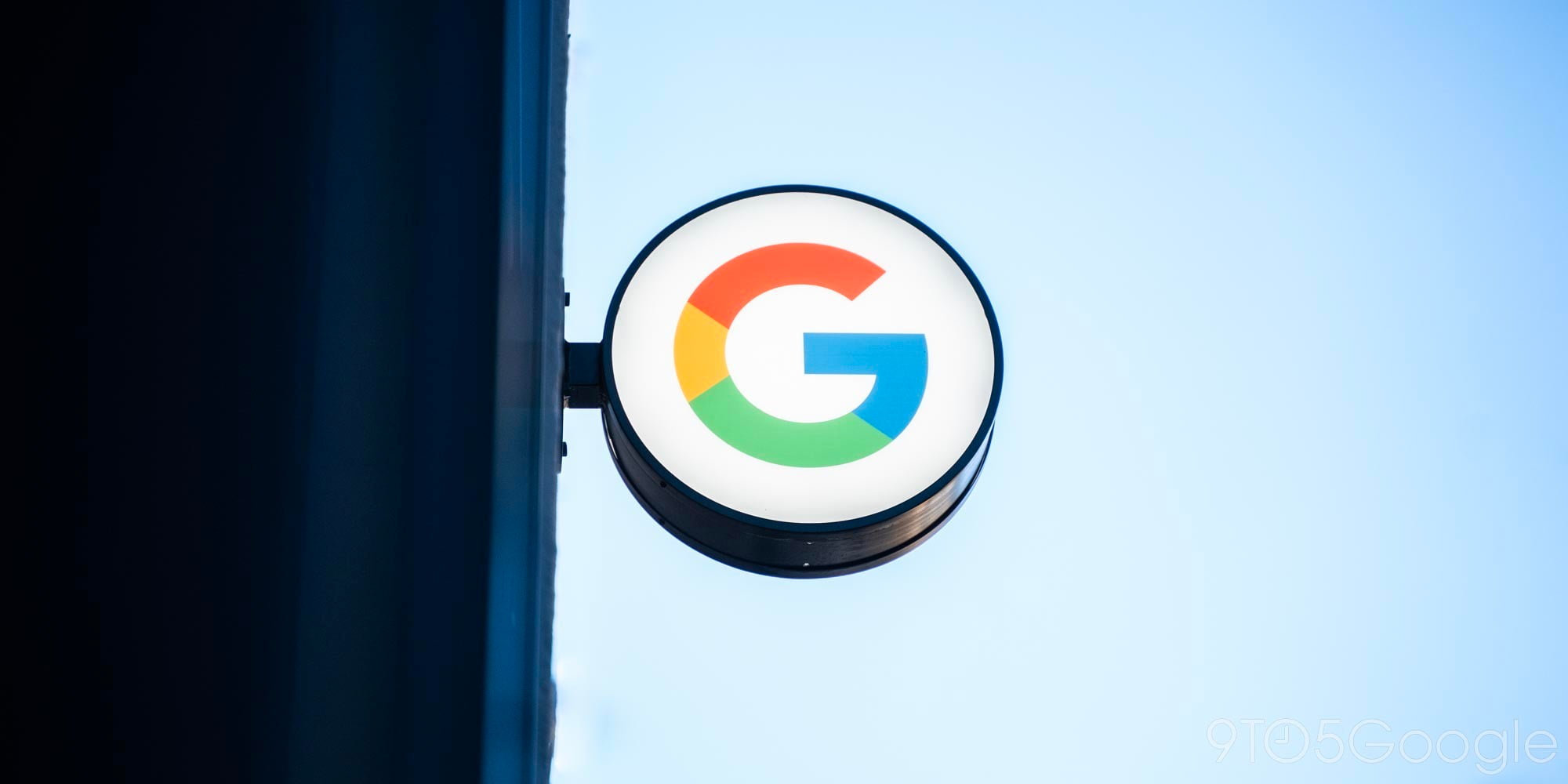
Following Gmail at the start of this year, Google Drive is the latest iOS app to get new work-focused widgets, while there are also updates for Translate and Chat on iOS in the coming weeks.
Expand Expanding Close
The Pixel 6 ushered in the final iteration of Material You on Android 12, as well as a redesigned Google Translate app that could take advantage of the Tensor chip. Now, that redesigned Google Translate app is heading to more Pixel phones.
Expand Expanding Close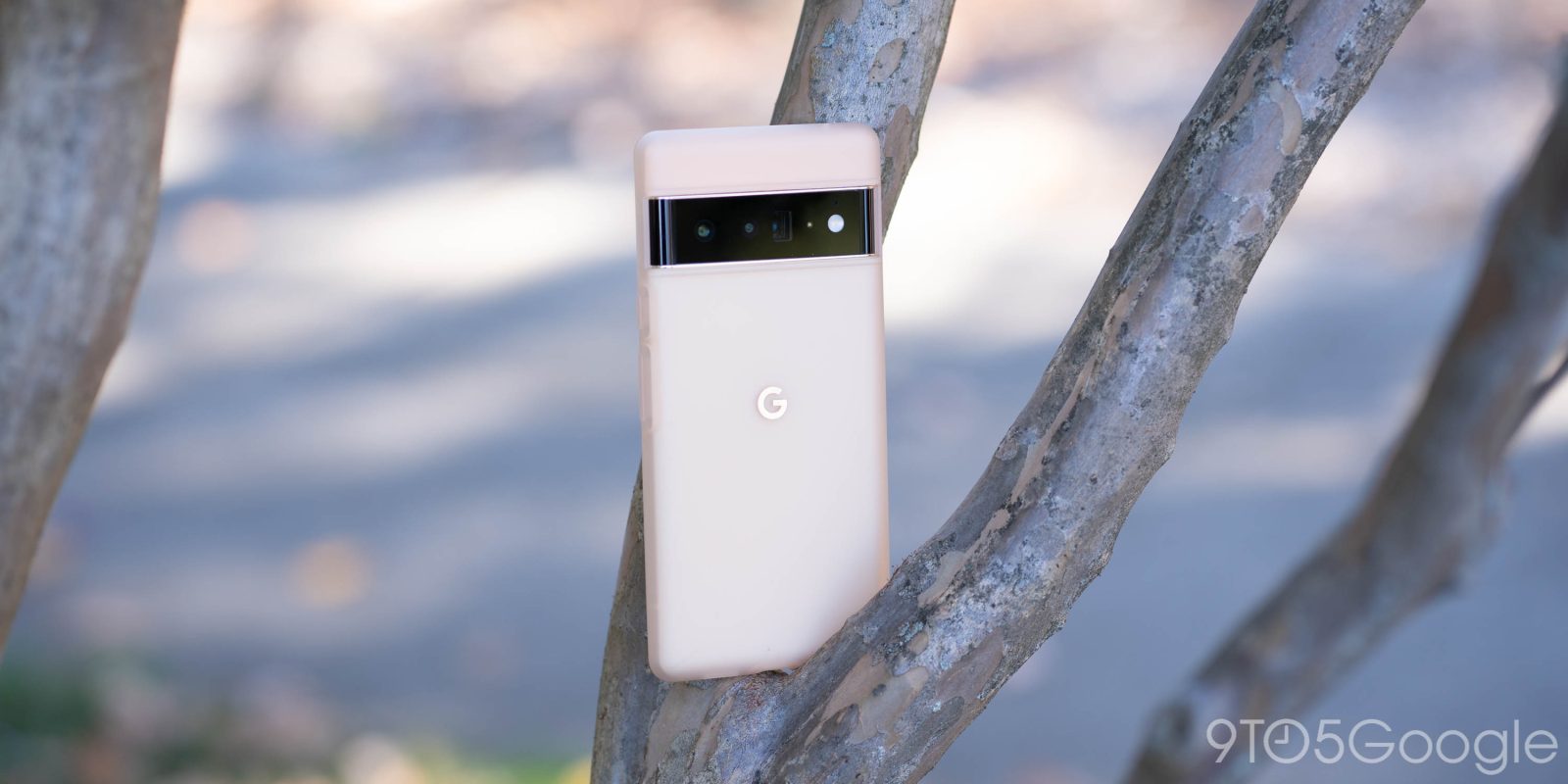
Google Translate, an Android app that has been long overdue for an overhaul, has gotten a Material You redesign this evening, but it may be exclusive to the Pixel 6.
Expand Expanding Close
Ahead of Android 12’s launch later this year, our team has discovered that Google Translate has a Material You revamp in the works, it’s first major redesign in over five years — here’s an early look.
Expand Expanding Close
Last Saturday, Belarusian officials attempted to force sprinter Krystsina Tsimanouskaya to leave Tokyo. The athlete revealed yesterday that she used Google Translate to reach out to Japanese authorities and avoid the flight from the Olympics.
Expand Expanding Close
For years, Google Translate has been one of the better ways to quickly exchange information between two languages. Over the weekend, the Google Translate app for Android reached a whopping 1 billion downloads on the Play Store.
Expand Expanding Close
Thanksgiving is just a week away in the United States, and to prepare, Google Translate has launched a new easter egg to help you “talk turkey.”
Expand Expanding Close
Google’s Gboard keyboard has been picking up a bunch of new features over the past several days, and now, it’s rolling out another. Real-time translation is coming to Gboard for voice dictation, and it’s rolling out now for Android users.
Expand Expanding Close
Back in February, some Google Translate users on Android received a dark theme. That look never widely rolled out, but a new, modified version is now available.
Expand Expanding Close
In January, Google previewed an “almost real-time translator” for long-form speech. Google Translate’s new Transcribe mode is now beginning to roll out on Android.